Hiking for Beginners: 8 Essential Tips to Ensure a Safe and Enjoyable Adventure
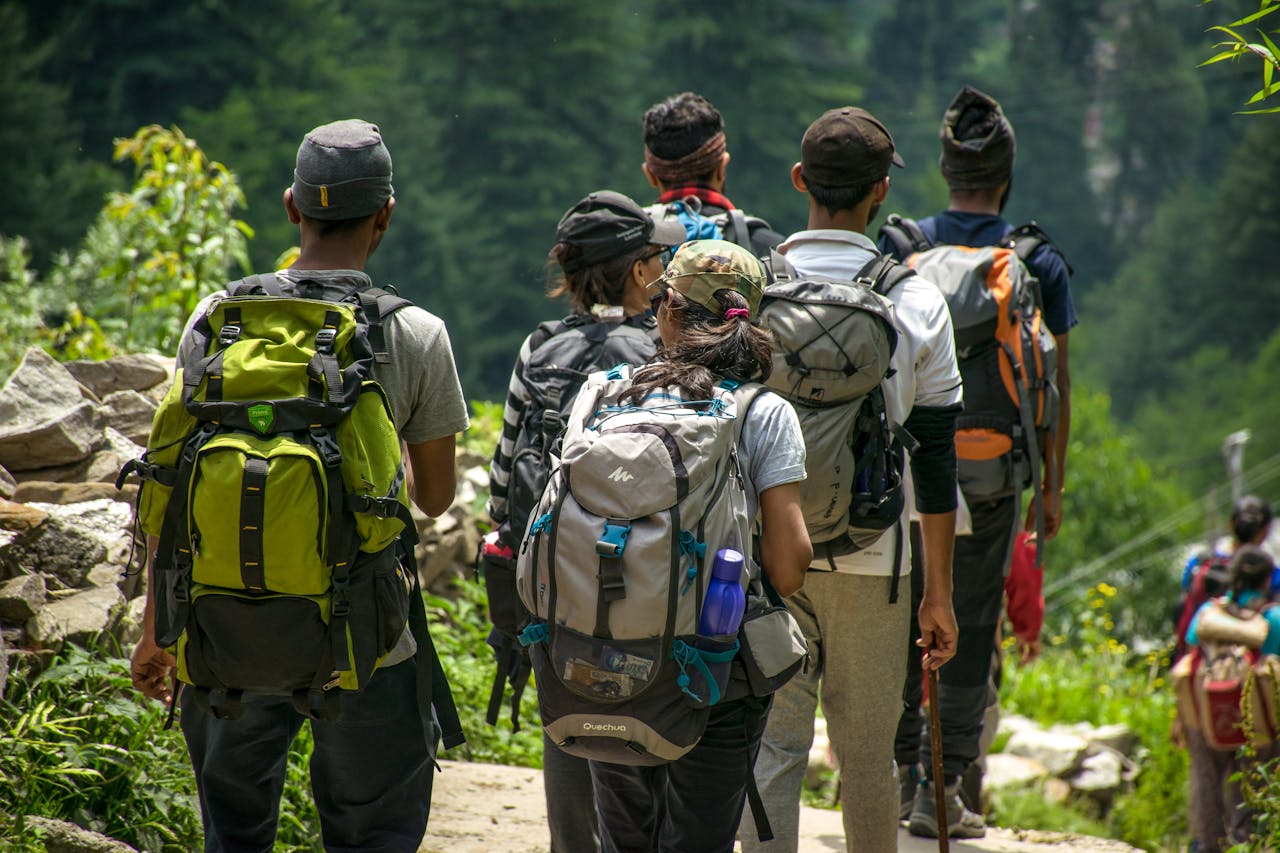
Ready to lace up your boots and explore the great outdoors? Hiking is one of the best ways to connect with nature, get some exercise, and take in breathtaking views. If you’re new to the world of hiking, you might feel a bit unsure about where to begin. No worries—you’re in the right place! This guide will walk you through eight essential tips to help you feel confident and prepared for your first adventure on the trail.
1. Start Small and Build Gradually
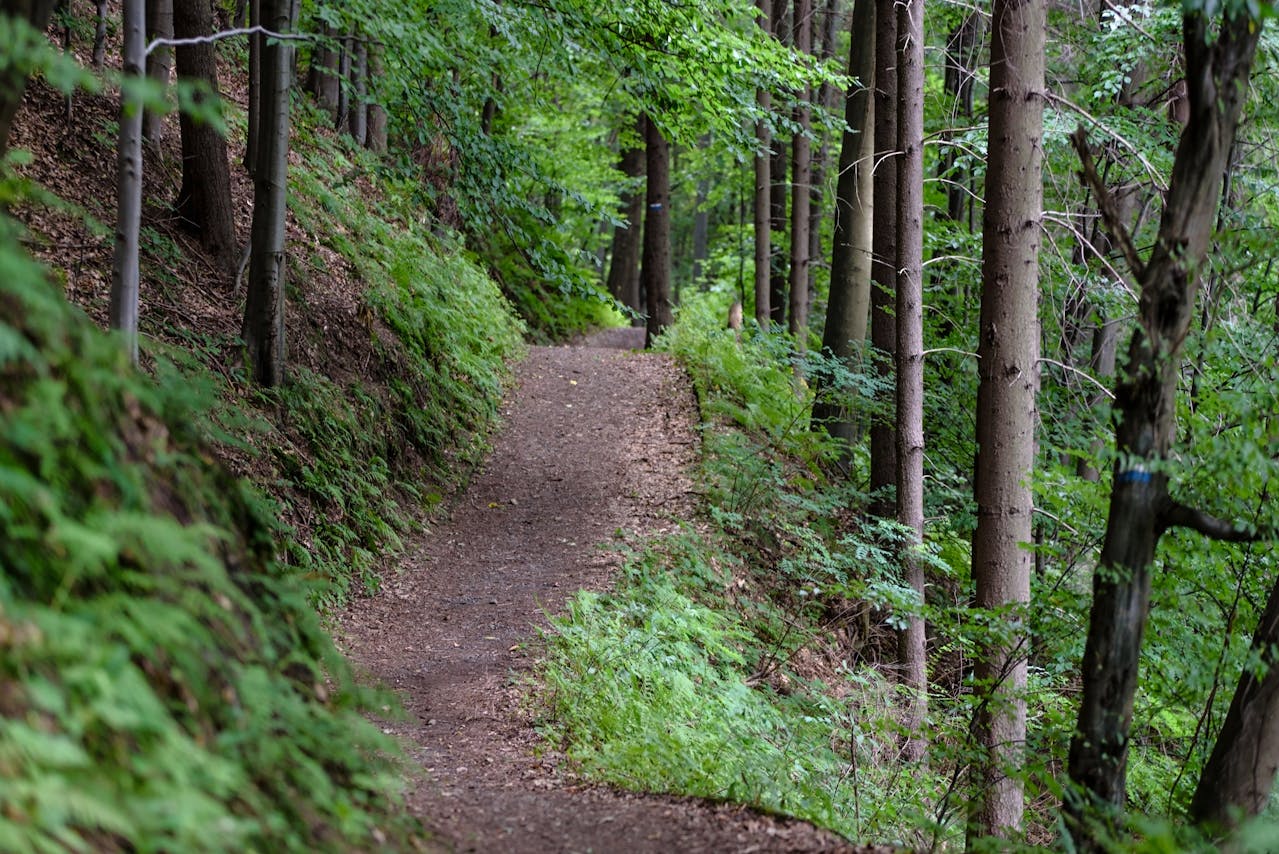
When you’re just starting out, there’s no need to climb the tallest mountain in sight! Begin with short, easy trails that match your current fitness level. Look for local trails that are about 2-3 miles long and have little elevation gain. By starting small, you’ll get the hang of walking on uneven terrain and see how your body handles it. Plus, it allows you to focus on enjoying the scenery instead of getting exhausted halfway through.
As you gain confidence and strength, you can gradually increase the length and difficulty of your hikes. The key here is to take it slow—there’s no rush! Hiking should be fun, not a struggle. By building up gradually, you’ll avoid injuries and get to enjoy the experience every step of the way.
2. Choose the Right Footwear
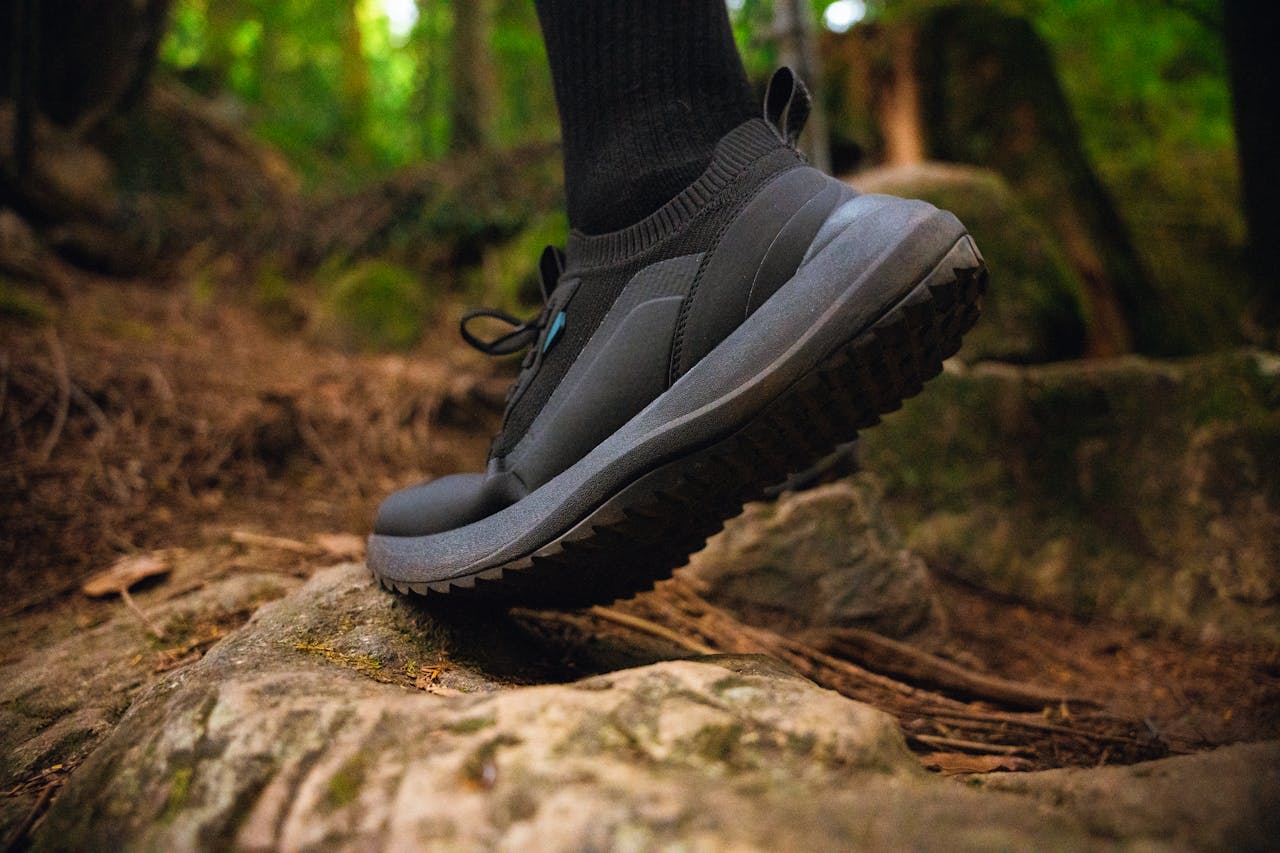
This one’s a biggie! Wearing the right shoes can make or break your hike. You’ll want to invest in a pair of comfortable, sturdy hiking shoes or boots with good ankle support and solid traction. Trust me, your feet will thank you when you’re navigating rocky trails or muddy patches.
Make sure to break in your shoes before your first hike to avoid blisters. Nothing ruins a beautiful hike faster than painful feet! Pair your footwear with moisture-wicking socks to keep your feet dry and blister-free. While lightweight trail runners can work for easy hikes, a good pair of hiking boots is your best friend when tackling tougher terrain.
3. Pack Smart, but Light
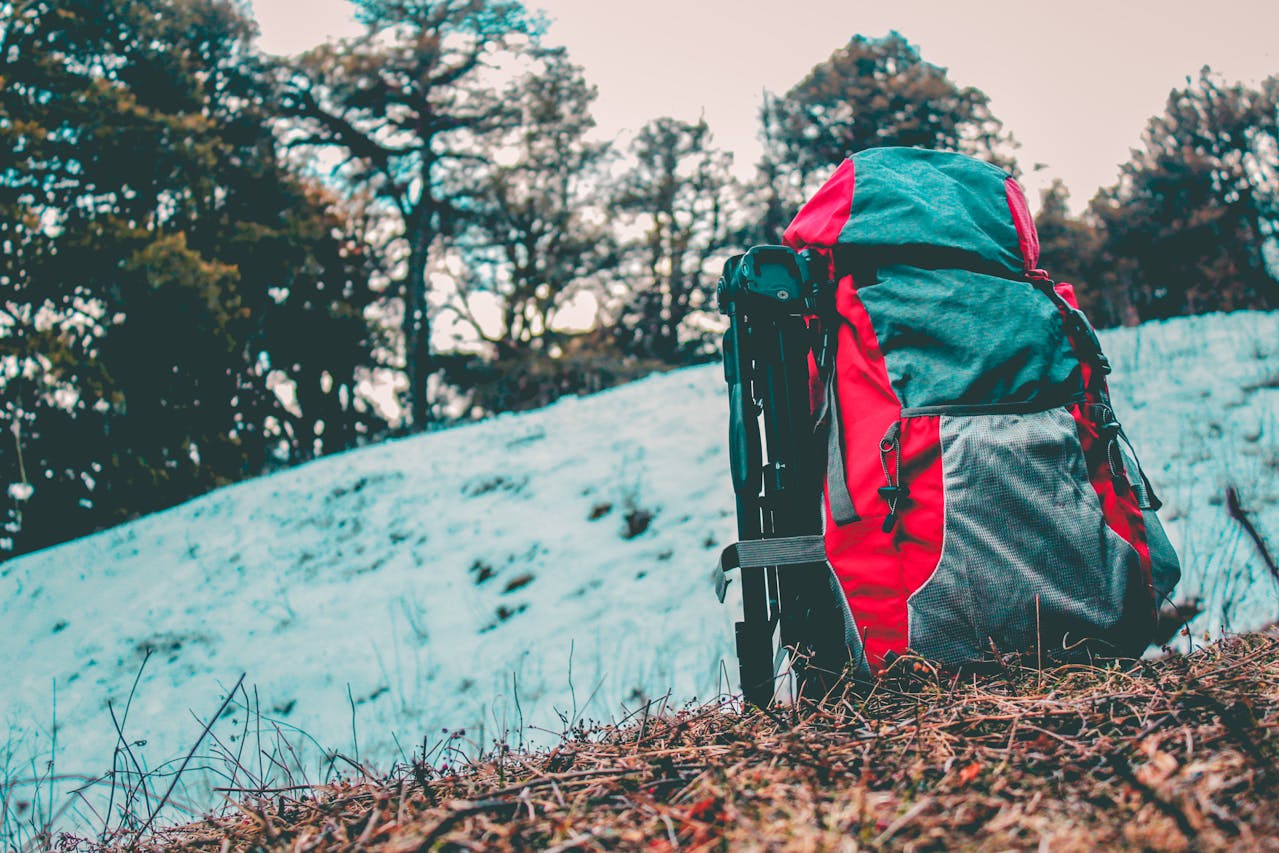
When you’re packing for a hike, it’s tempting to throw everything in your backpack “just in case.” But hauling around a heavy load can turn a relaxing hike into a tiring ordeal. The trick is to pack only the essentials and keep it light. You’ll need things like a map, compass or GPS, a small first-aid kit, snacks, and plenty of water. For most hikes, this should be all you need.
Bring extra layers in case the weather changes unexpectedly, and don’t forget your sunscreen and sunglasses. If you’re heading out for a longer hike, consider packing a headlamp or flashlight—you never know when you might need it! The goal is to pack what’s necessary while avoiding excess weight, so you can enjoy the trail without feeling like you’re carrying the kitchen sink.
4. Stay Hydrated and Fueled
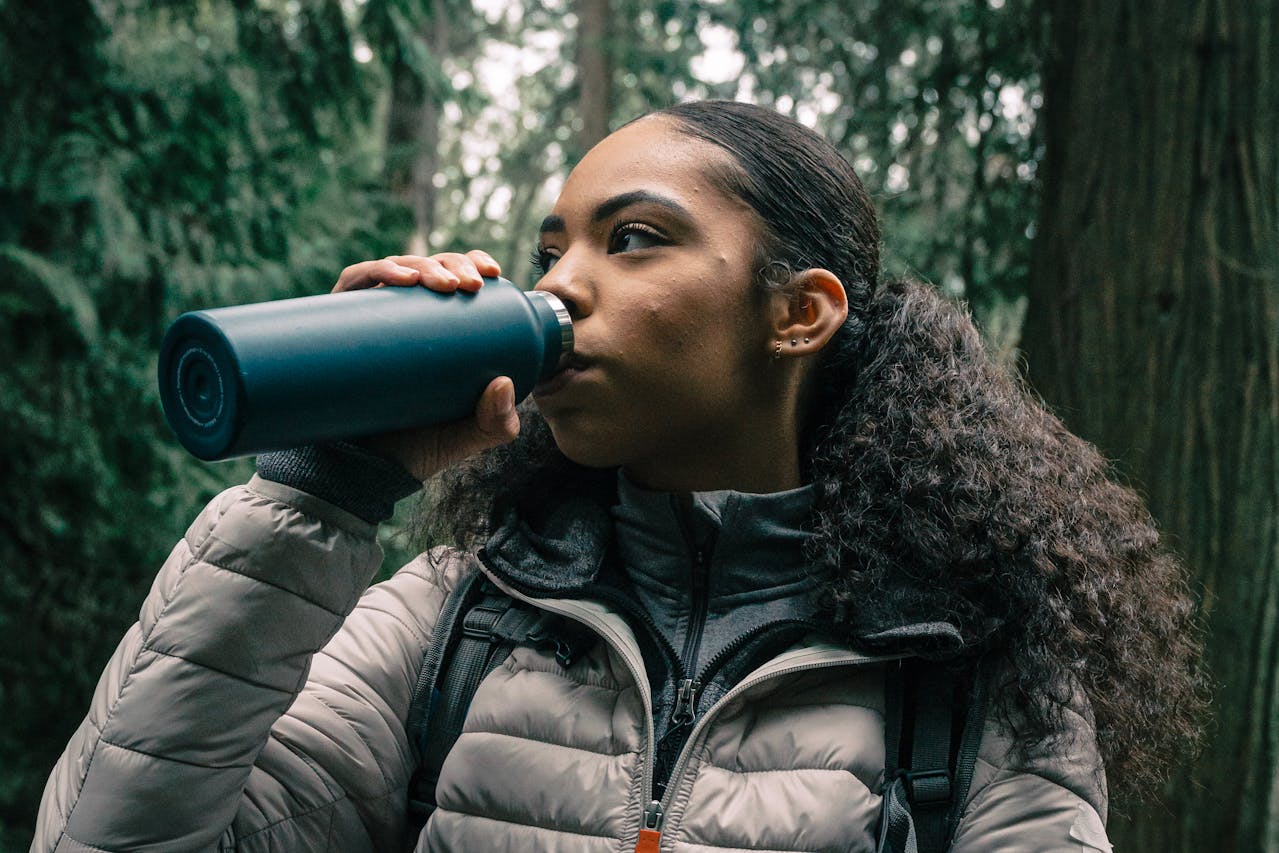
Hydration is everything on the trail. Even on a cool day, your body needs water to keep going. Always bring more water than you think you’ll need—you don’t want to run out halfway through! Sip small amounts of water regularly instead of waiting until you feel thirsty.
Equally important is keeping your energy levels up with the right snacks. Think high-protein, energy-boosting foods like trail mix, nuts, dried fruits, or energy bars. These snacks are easy to pack and give you the sustained fuel you need to power through your hike. For longer hikes, consider packing a sandwich or wrap. Keeping yourself hydrated and fueled will prevent fatigue and help you enjoy the hike to the fullest.
5. Dress for the Trail and Weather
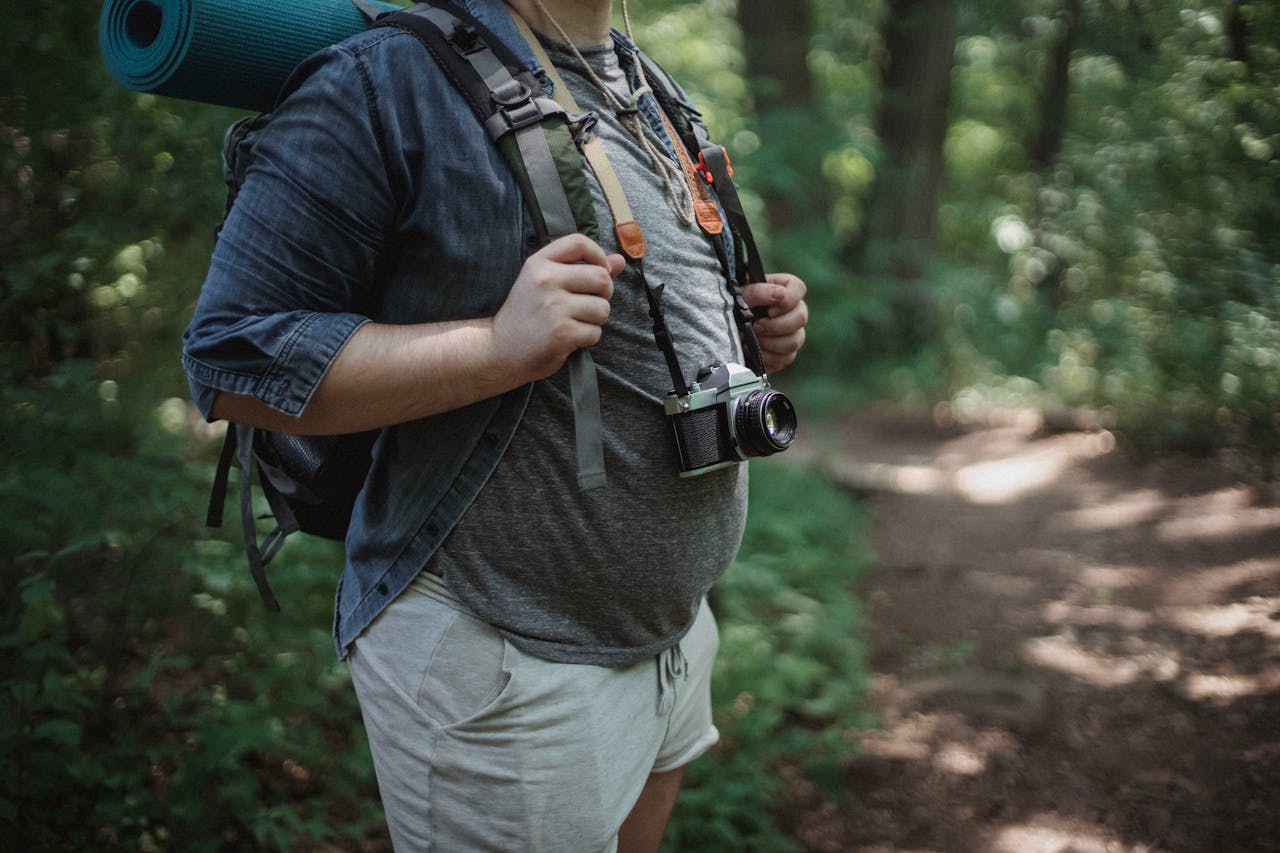
What you wear on a hike can make a huge difference in how comfortable you feel. Think in layers! Start with a moisture-wicking base layer to keep sweat off your skin. Next, add an insulating layer like a fleece jacket to keep you warm, and finish with a waterproof outer layer in case of rain or wind.
For warmer weather, go with lightweight, breathable fabrics to help keep you cool. And don’t forget your accessories—a hat and sunglasses protect you from the sun, and a neck gaiter can be a handy tool for both sun protection and warmth. Always check the weather before heading out, but be prepared for anything nature might throw your way!
6. Learn Basic Navigation Skills
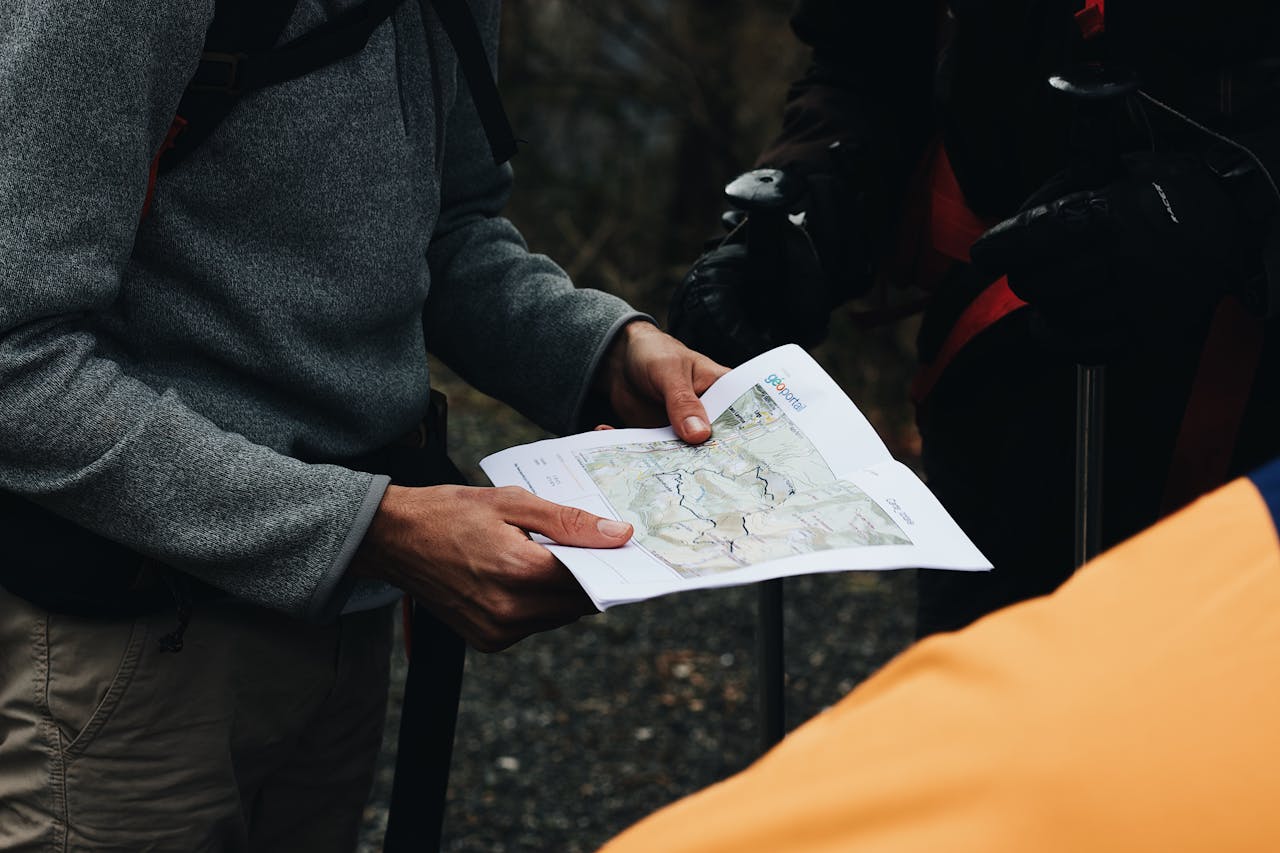
Yes, your smartphone is a great tool for navigation, but it’s smart to learn basic map and compass skills, just in case. Phones can run out of battery or lose signal, and having some backup skills will give you peace of mind. Don’t worry, it’s not as complicated as it sounds!
Before you set out, take a look at your trail map and familiarize yourself with key landmarks, trail junctions, and distances. This way, you’ll have a good sense of where you are along the hike. Even on well-marked trails, it’s easy to take a wrong turn, so knowing how to use a map and compass ensures you’ll always find your way back.
7. Know Your Limits
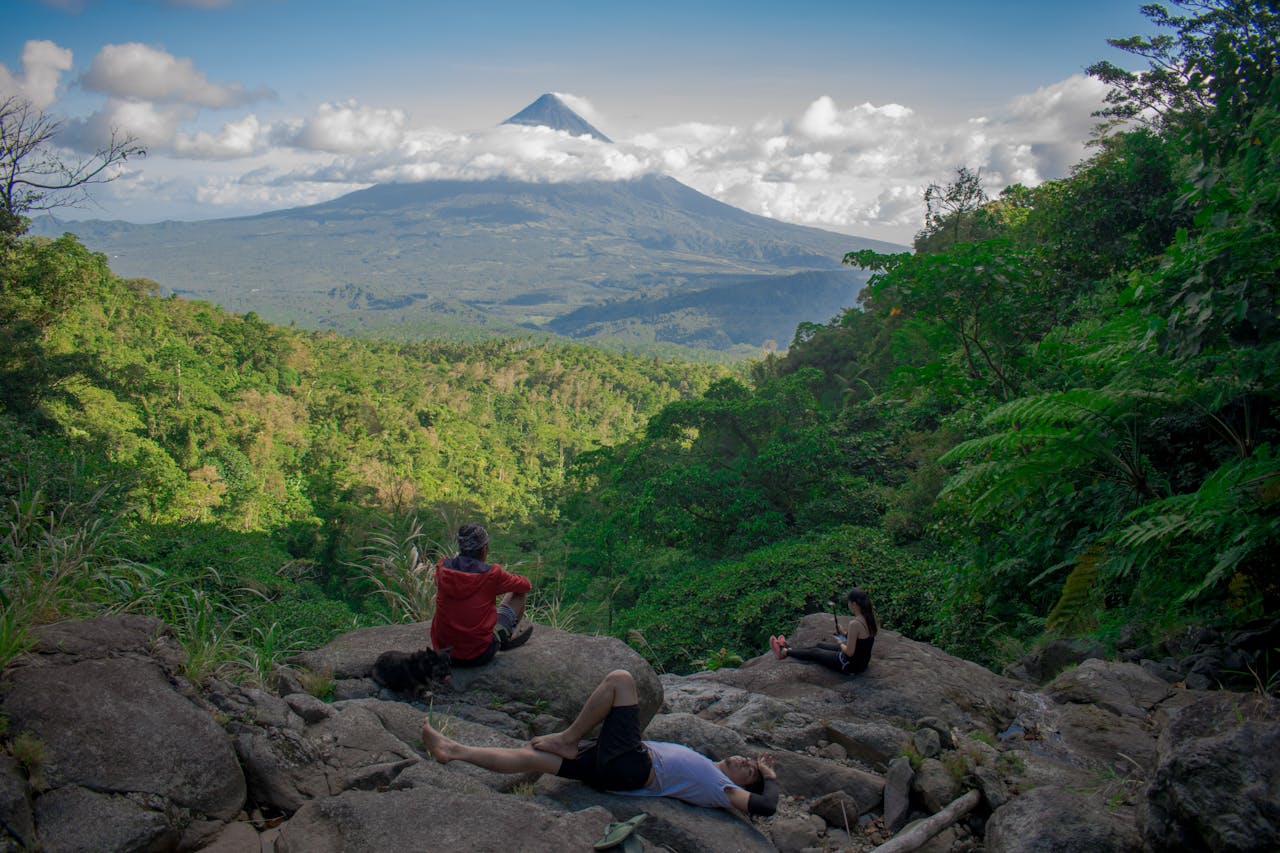
While it’s tempting to push yourself, knowing your limits is one of the most important aspects of hiking safely. If you start to feel tired, don’t hesitate to take a break. There’s no race to the finish line! Hiking is about enjoying the journey, and that means pacing yourself.
It’s also a good idea to research the trail before setting out. Read reviews or ask more experienced hikers what to expect. Some trails may seem easy at first glance but turn out to be steeper or more challenging than anticipated. Understanding the difficulty of the trail and respecting your own limits is key to having a fun, safe adventure.
8. Respect Nature and Leave No Trace
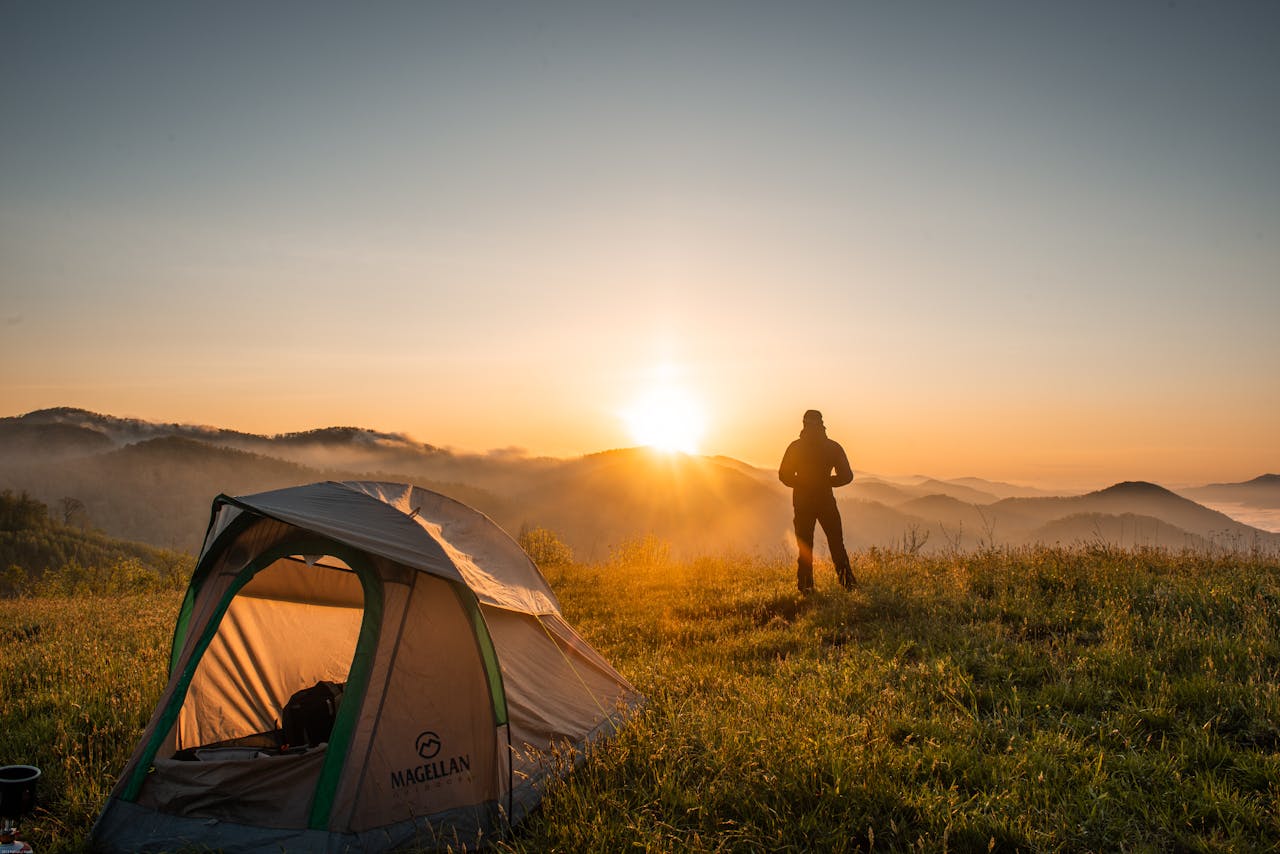
One of the golden rules of hiking is to always respect nature. This means following the Leave No Trace principles. Whatever you bring into nature, take it back out with you. Don’t leave trash, and stick to marked trails to avoid damaging fragile ecosystems. If you see wildlife, admire from a distance, and never feed the animals—it’s better for you and them!
By following these simple guidelines, you’ll help preserve the beauty of nature for future hikers to enjoy. It’s all about leaving the trail just as you found it, so others can experience the same joy you did.
Final Thoughts
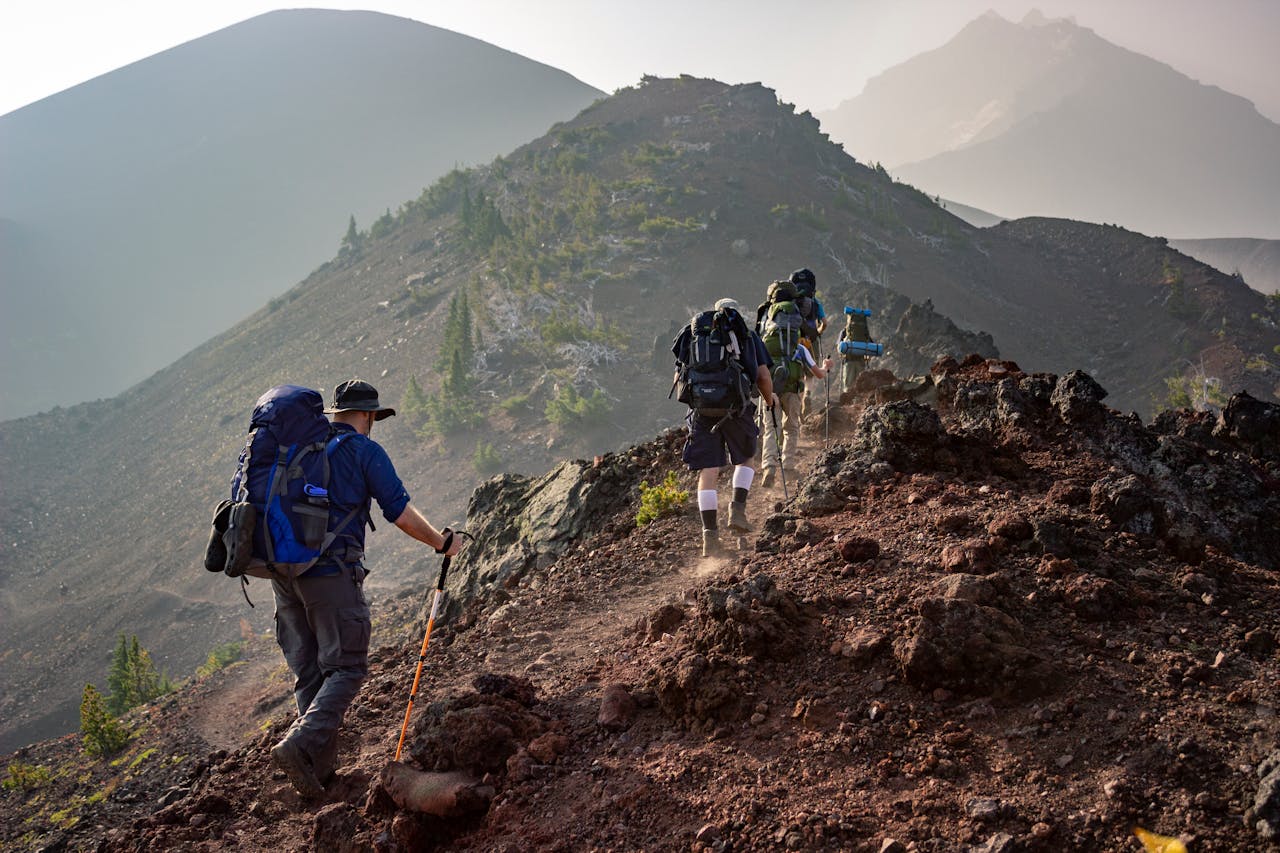
Hiking is an incredible way to explore the outdoors, but for beginners, it’s all about being prepared and having fun. Start with easy trails, invest in good footwear, and don’t forget to pack the essentials. As you get more comfortable, you’ll be able to take on longer and more challenging hikes. Most importantly, respect your limits and the environment around you.
By following these tips, you’re setting yourself up for a fantastic hiking experience. So grab your backpack, hit the trail, and enjoy every moment of your outdoor adventure. Happy hiking!
Leave a Reply